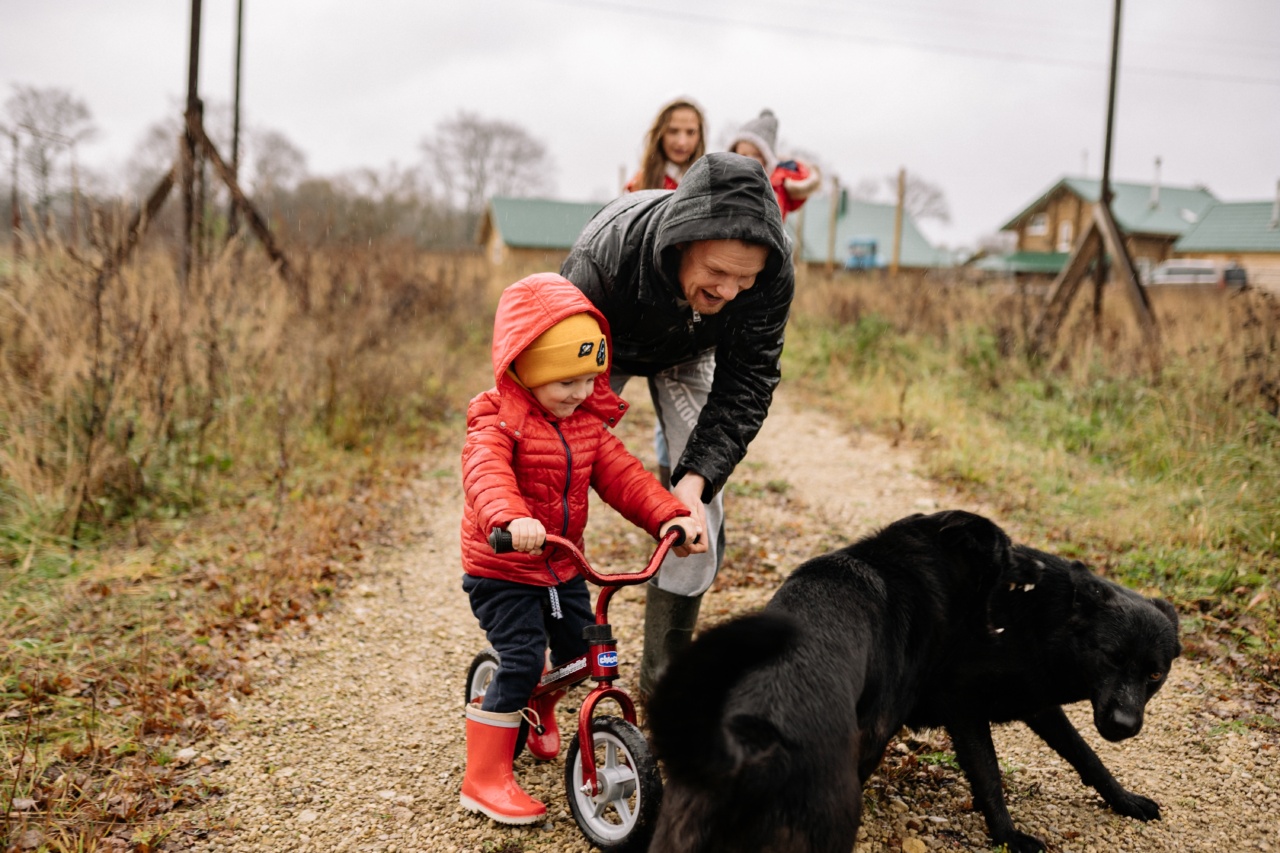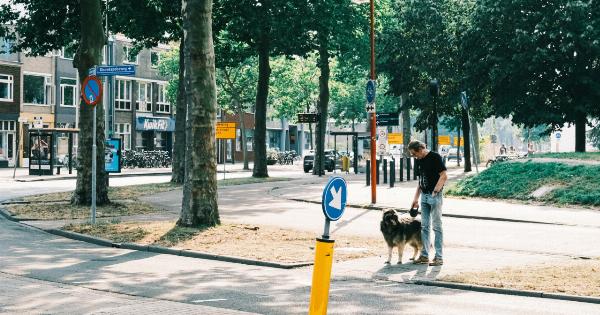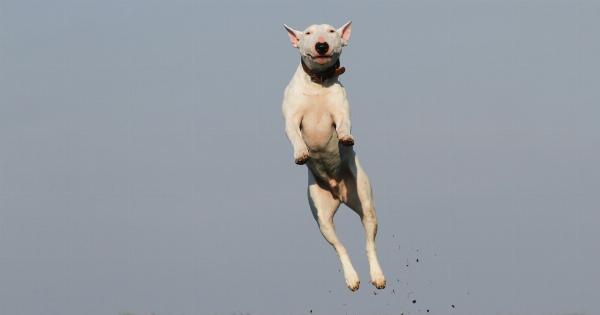Having an impulsive dog can be challenging, especially when it comes to teaching them self-restraint. Impulsivity can lead to all sorts of behavior problems, including jumping, excessive barking, pulling on the leash, and even aggressive outbursts.
However, with patience, consistency, and the right training techniques, you can help your impulsive dog learn to restrain itself. In this article, we will explore various strategies and tips to teach your impulsive dog self-control.
Understanding Impulsivity in Dogs
Before we delve into the training methods, it is essential to understand why some dogs are more impulsive than others. Just like humans, dogs have different temperaments and personalities.
Some dogs are naturally more excitable, impulsive, and energetic, while others may be calm and composed. Certain breeds, such as terriers and hounds, are more prone to impulsive behavior due to their genetic predisposition.
Impulsive behavior in dogs can also result from a lack of proper socialization, insufficient exercise, or boredom. Dogs that haven’t been exposed to different environments, people, or animals may react impulsively when faced with new situations.
Similarly, pent-up energy due to inadequate physical and mental stimulation can manifest itself as impulsive behavior.
Training Techniques for Impulsive Dogs
To effectively teach your impulsive dog self-restraint, you need to focus on training techniques that promote calmness, impulse control, and focus. Here are some strategies to help you in your training journey:.
1. Impulse Control Exercises
Start by teaching your dog basic impulse control exercises, such as “wait” and “leave it.” These exercises help your dog learn to control their impulses and wait for your command before taking action.
Practice these exercises in different situations and gradually increase the difficulty level.
2. Desensitization and Counterconditioning
If your impulsive dog reacts to specific triggers, such as other dogs or loud noises, desensitization and counterconditioning can be highly effective.
Gradually expose your dog to the trigger at a distance that doesn’t elicit an impulsive response and reward them for remaining calm. Over time, you can decrease the distance and continue rewarding calm behavior.
3. Focus and Attention Training
Teaching your dog to focus and pay attention to you is crucial for impulse control. Use positive reinforcement techniques, such as treats and praise, to encourage your dog to make eye contact and maintain focus.
Incorporate this training into your daily routine and gradually increase the distractions to improve their self-control.
4. Set Boundaries and Limitations
Establishing clear boundaries and limitations is essential for an impulsive dog. Use positive reinforcement to reward your dog for respecting these boundaries and redirect impulsive behaviors towards more appropriate alternatives.
Consistency is key in enforcing the rules and ensuring your dog understands what is expected of them.
5. Mental and Physical Stimulation
An impulsive dog often requires additional mental and physical exercise to channel their energy in a positive way. Engage your dog in activities that provide mental stimulation, such as puzzle toys, obedience training, or interactive games.
Additionally, ensure your dog receives sufficient physical exercise through walks, runs, or playtime.
6. Calming Techniques
Implement calming techniques to help your impulsive dog relax and reduce impulsive behaviors. This can include massage, aromatherapy, or the use of calming aids such as Adaptil collars or ThunderShirts.
Consult with a professional to find the best calming techniques for your dog’s specific needs.
7. Consistent Reinforcement and Rewards
Consistency is crucial when teaching your impulsive dog self-restraint. Ensure everyone in your household follows the same training methods and enforces the same rules.
Use positive reinforcement techniques, such as treats, praise, and play, to reward your dog for displaying self-control. However, be mindful not to over-reward, as it can lead to even more impulsive behavior.
8. Seek Professional Help
If you’re struggling to train your impulsive dog or their behaviors are becoming increasingly problematic, seeking help from a professional dog trainer or behaviorist is a wise move.
They can provide personalized guidance and support to address your dog’s specific needs and overcome any training hurdles.
9. Be Patient and Persistent
Teaching self-restraint to an impulsive dog takes time and patience. It is essential to remain persistent and consistent in your training efforts. Remember that setbacks are normal and part of the learning process.
Celebrate small victories along the way and stay committed to helping your dog become more self-controlled.
10. Maintain a Calm Environment
Creating a calm and structured environment is vital for an impulsive dog. Avoid chaotic situations, loud noises, or overwhelming stimuli that can trigger impulsive behavior.
Provide your dog with a safe space where they can retreat and relax when they need to decompress.
Conclusion
Teaching self-restraint to an impulsive dog requires time, consistency, and understanding.
By implementing various training techniques, establishing boundaries, and providing mental and physical stimulation, you can help your impulsive dog learn to control their impulses and exhibit better self-restraint. Remember to seek professional help when needed and remain patient throughout the training process.






























